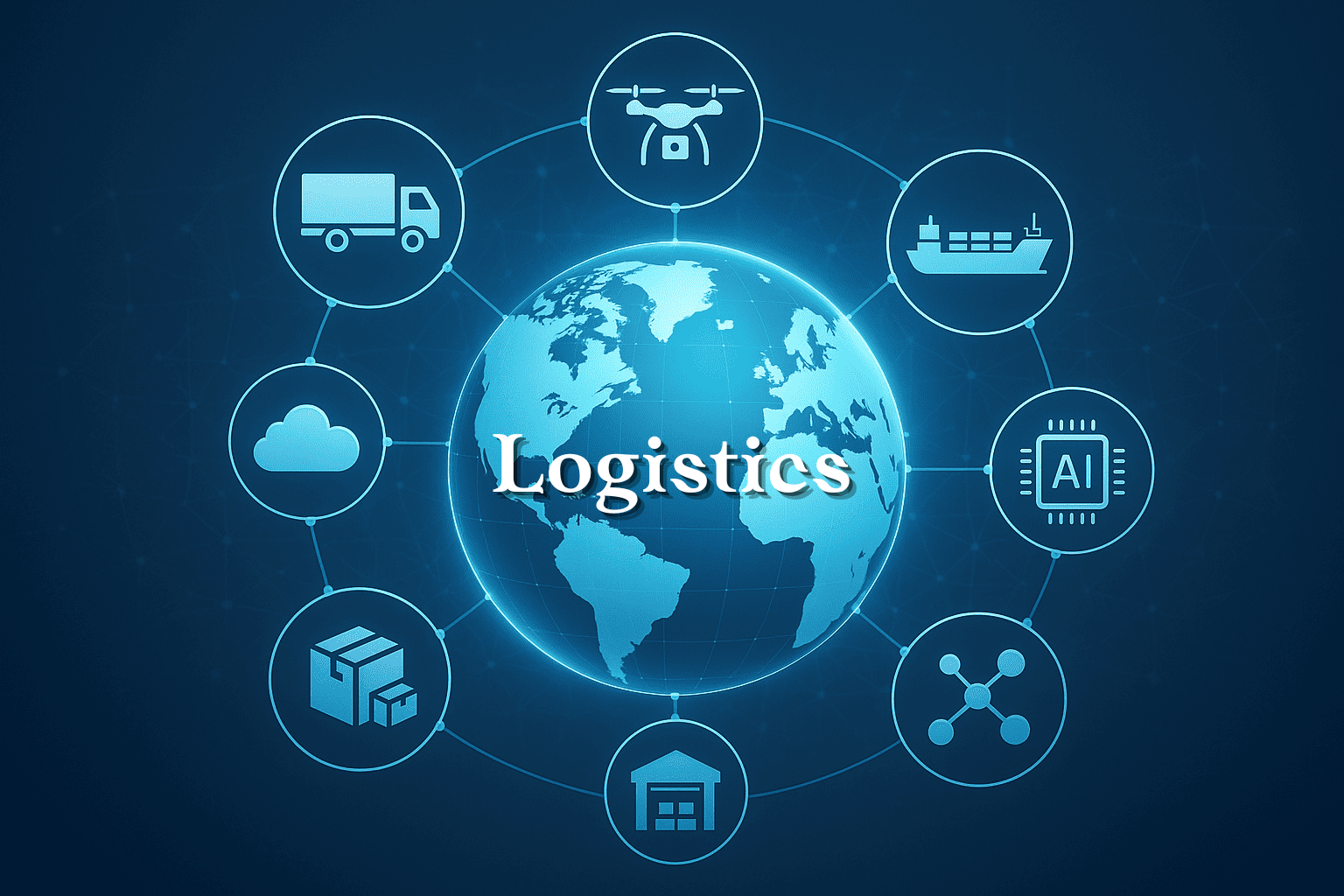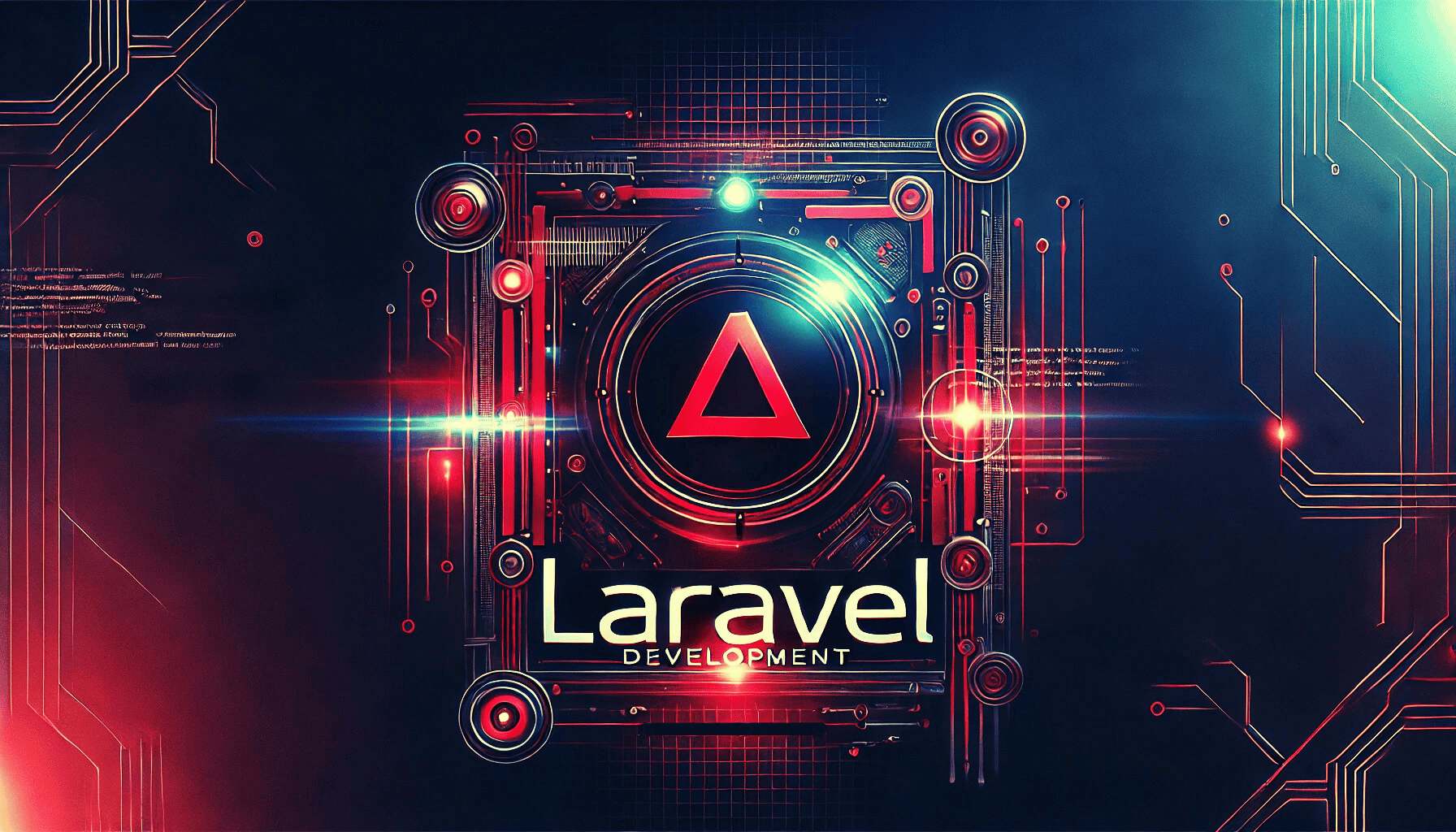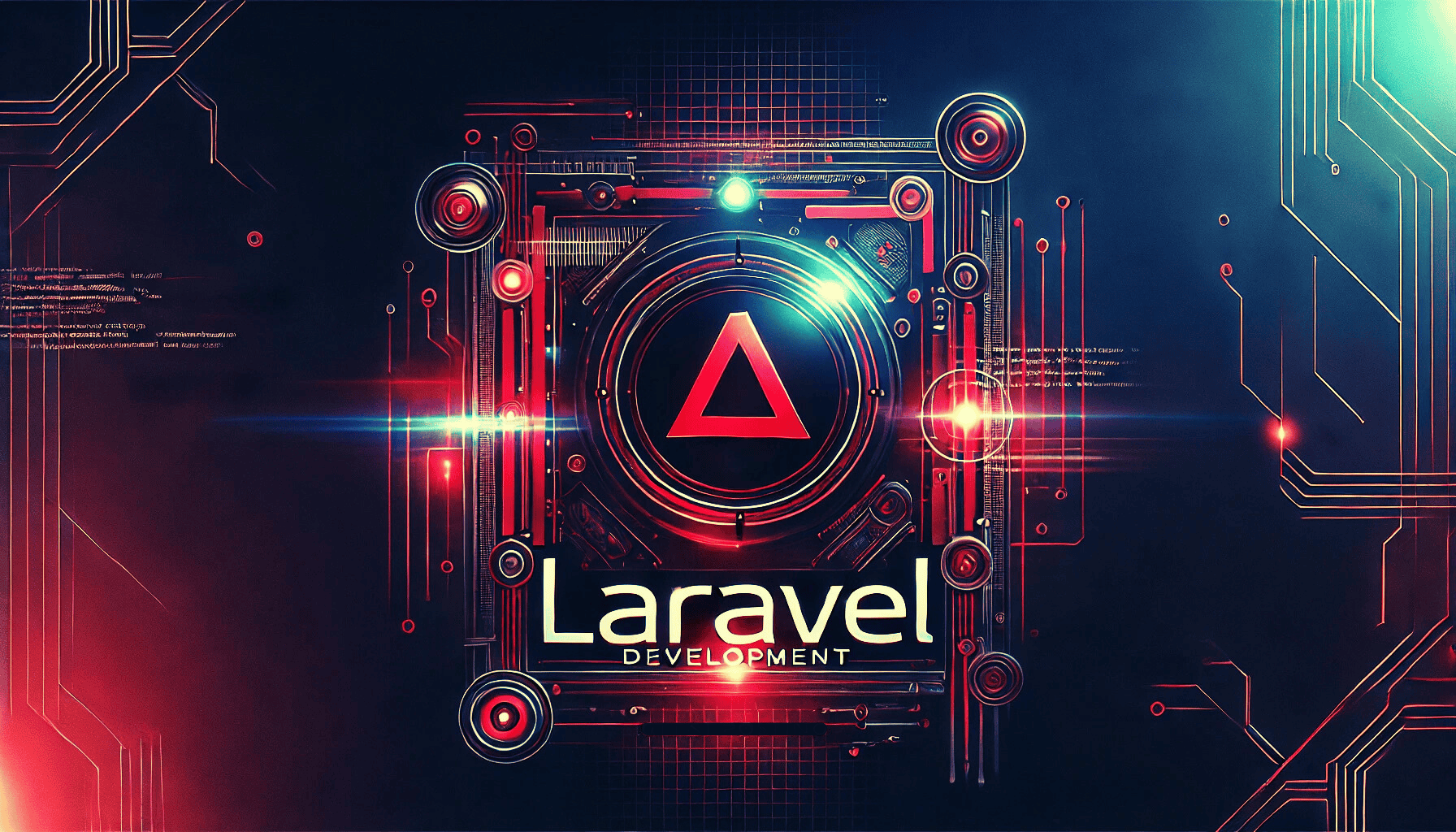What Are the Key Steps to Implement Logistics Management Software?

Strong 8k brings an ultra-HD IPTV experience to your living room and your pocket.
Hey folks! If you’re reading this, chances are you’re either planning to roll out a new logistics management system or thinking about optimizing the one you already have. Either way, you’re in the right place. Implementing logistics management software isn’t something you rush into. It’s more like preparing a ship for a long journey—you need a map, a solid crew, and every system in sync before you sail 🌊.
Let’s dive into the essential steps you need to follow to make that journey smooth, strategic, and seriously effective.
Understanding the Importance of a Structured Rollout
Getting new logistics software onboarded is not just about installing it and hitting “start.” It’s about planning the route, checking the forecast, and making sure every team member knows their role. A structured rollout reduces chaos and increases the chances of long-term success.
Why Is Implementation Planning Critical?
Let me put it this way—starting without a plan is like trying to build a puzzle without seeing the picture on the box. You might eventually get there, but it’ll be frustrating and full of missteps. Poor planning during software implementation often leads to:
- Delays in going live
- Team confusion and resistance
- Data errors and workflow breakdowns
- Wasted budget on fixes and workarounds
By contrast, a solid implementation plan lays out the who, what, and when in crystal clear detail 🧭. That kind of clarity builds confidence and keeps the rollout on track.
What Does a Successful Implementation Look Like?
Success doesn’t just mean the software is installed. It means it's working as intended, people are using it efficiently, and your key metrics are improving. A great implementation is defined by:
- A clear, realistic project timeline
- Effective user onboarding and high adoption rates
- Smooth integration with your current systems
- Minimal downtime and user errors
When everything clicks, your logistics management software becomes the invisible engine that powers your operations day in and day out.
Step 1 – Assess Needs and Define Objectives
Before you jump into comparing tools or talking to vendors, take a moment to reflect on what you’re really trying to fix. Start with the pain points, set your goals, and make sure everyone’s on the same page. This step is like laying the foundation for a building—you can't skip it if you want the rest to stand strong.
What Are Your Logistics Pain Points?
Every business has its headaches. For logistics, these often include:
- Delayed or inaccurate deliveries
- Poor warehouse visibility
- Inability to track shipments in real time
- Inventory mismatches
- Manual processes that slow everything down 🤯
Identify your biggest bottlenecks. Is your team struggling to keep up with orders? Are you losing money on freight costs due to poor route planning? Pinpointing these problems gives you a clear direction for what the software should address.
What Features Are Most Important?
Now that you know your pain points, think about what features you need to solve them. Some essentials in the best logistics management software might include:
- Real-time shipment tracking
- Automated order processing
- Warehouse inventory management
- Carrier integrations
- Analytics and reporting dashboards
But don’t just go for the biggest feature set. Choose functionalities that actually align with your logistics strategy. What’s crucial for one company might be overkill for another.
Who Will Lead the Implementation Process?
This isn’t a solo mission. You need a team. Assign a project manager to coordinate everything and act as the main point of contact. Also, include key stakeholders from operations, IT, and finance.
Without clear ownership, things fall through the cracks. Having accountable roles ensures there’s always someone driving the project forward 🚚.
Step 2 – Choose the Right Vendor and Solution
Once you know what you need, it’s time to shop smart. The goal here isn’t to find the most popular software—it’s to find the one that fits your goals, budget, and operational flow like a glove.
How Do You Evaluate Software Vendors?
Start with the basics:
- Industry experience: Have they worked with logistics businesses like yours?
- Customer reviews: What do other companies say about their support and performance?
- Scalability: Can their logistics software grow with your business?
- Roadmap: Do they plan on evolving with future tech trends (like AI or blockchain)? 🤖
Vet vendors thoroughly. Ask for references and case studies. Dig into their track record before committing.
What Questions Should You Ask During Demos?
Think of software demos like test-driving a car. Don’t be afraid to pop the hood. Ask:
- Is the interface user-friendly for all team levels?
- How often do you release updates?
- Can the system be customized to our workflows?
- What’s your support response time?
- Can you walk us through a real-life use case from a similar business?
This is your chance to see if their solution fits your world—not just their sales deck.
How Do You Compare Pricing Models?
Here’s where it can get tricky. Pricing isn’t always apples to apples. You’ll typically see:
- SaaS (subscription-based): Pay monthly or yearly, often includes support and upgrades
- Perpetual license: One-time purchase, but ongoing costs for support or new features
Also look out for hidden fees like implementation, training, or API usage. Lay it all out in a table so you can make an informed decision that matches both short-term budget and long-term ROI 💸.
Step 3 – Focus on System Integration
You could buy the fanciest logistics software out there, but if it doesn’t play nice with your current systems, it’s going to be a headache. Integration ensures your data flows seamlessly across departments and partners.
What Systems Should Be Integrated?
Here’s a short list of what usually needs to connect with your new logistics software:
- ERP (Enterprise Resource Planning)
- CRM (Customer Relationship Management)
- Carrier and freight networks
- Accounting and billing platforms
- E-commerce platforms or order systems
Every integration reduces manual entry and the risk of errors. Think of your software ecosystem as a relay race—each system should pass the baton without dropping it 🏃.
How Do You Avoid Integration Roadblocks?
Start with a testing environment to simulate real-world operations before you go live. Clean up your existing data so you’re not importing junk into your new system.
Use standard data formats like CSV, XML, or API integrations to improve compatibility. And always run compatibility checks before connecting systems. Fixing errors after the fact is way more costly than avoiding them in the first place.
Who Manages the Technical Integration?
This is where teamwork shines. Your internal IT team should handle system mapping and security protocols, while the vendor provides documentation, integration support, and tools.
If needed, bring in a third-party consultant—but make sure they’re familiar with logistics platforms. A skilled tech partner can prevent costly delays and keep everyone aligned.
Step 4 – Train Teams and Build User Confidence
Even the best logistics management system will fall flat if your team doesn’t know how to use it. Training is not just a “nice to have.” It’s an essential part of implementation that determines whether the new system succeeds or sinks.
What Training Should Be Provided?
Start with onboarding sessions that walk users through the basics. Provide step-by-step guides, video tutorials, and FAQ documents.
Offer role-based training so warehouse staff, drivers, and managers all learn what’s relevant to them. And don’t forget live Q&A sessions to handle real-time questions.
Make training interactive and repeatable. People learn best when they can explore and apply the knowledge hands-on 🛠️.
How Do You Handle Resistance to Change?
Ah, the classic challenge. People get attached to their current ways of working—even when those ways are inefficient. To ease the transition:
- Involve key users early in the process
- Highlight how the new system solves their day-to-day frustrations
- Celebrate quick wins and visible improvements
- Set up feedback loops so users feel heard, not forced
The goal is to turn skeptics into champions.
What Ongoing Support Is Necessary?
The learning doesn’t stop after go-live. Set up a help desk or ticketing system for support issues. Schedule refresher trainings and updates whenever new features roll out.
Also, designate internal “super users” who can assist others. Keeping the momentum going is what turns a good implementation into a great long-term success story.
Step 5 – Test, Optimize, and Go Live
The final phase is like your dress rehearsal before the big show. You don’t want to open to the public without a few test runs first. This phase helps iron out any final bugs and ensures your system can perform under pressure.
Why Run a Pilot Test?
A pilot rollout allows you to test the software in a real-world environment, but on a smaller scale. Think of it as opening a single checkout lane before launching all 10. You can measure performance, gather feedback, and catch issues before they escalate.
It also helps build team confidence because they can see how things work in practice.
What Should You Measure During Testing?
Don’t just look at whether the system “runs.” Track key performance indicators like:
- Order processing time
- Error rates in shipment handling
- User adoption and satisfaction
- System uptime and speed
These metrics will show whether the logistics software is truly making a difference or just adding noise.
When Is It Time to Go Live?
Only go live when all key users have been trained, integrations are stable, and the pilot test has passed with flying colors.
Check off these criteria:
- All stakeholders sign off on readiness
- No major bugs or open support tickets
- Support structures are in place
- Your team feels confident—not confused
When you hit that checklist, it’s full steam ahead!
Final Thoughts on Software Implementation
Implementing logistics management software doesn’t happen overnight, but when done right, it’s a total game-changer. Think of the rollout as a five-act play, where each stage builds on the last. With the right strategy, communication, and support, you can turn even the most complex logistics network into a well-oiled machine.
Key Takeaways
- Define clear goals and choose the right vendor
- Integrate smoothly with existing systems
- Train users and pilot test thoroughly
- Ongoing support ensures long-term success
Frequently Asked Questions (FAQs)
1. How long does implementation usually take?
Implementation time varies depending on the complexity of your operations, the number of integrations required, and how prepared your team is. For most logistics software solutions, expect the process to take anywhere from 3 to 6 months, including testing and training phases.
2. What’s the biggest mistake companies make during rollout?
One of the biggest mistakes is rushing the implementation without proper planning. Skipping steps like system testing, team training, or integration checks often leads to confusion, costly delays, and user resistance. Patience and preparation go a long way in ensuring success.
3. Should you use internal or third-party IT support?
It depends on your internal team’s capabilities. If your IT team has experience with system integrations and logistics platforms, they can manage most tasks. Otherwise, bringing in third-party specialists can ensure smoother implementation and avoid technical errors during setup.
4. How do you measure a successful go-live?
A successful go-live is measured by stable system performance, user adoption, and achievement of defined KPIs. These might include reduced error rates, faster processing times, and positive feedback from your logistics team. Consistency over time is also key to true success.
5. Is training necessary for every employee?
Yes, but the depth of training can vary based on roles. Frontline staff need hands-on training relevant to their tasks, while managers may need to focus on dashboards and analytics. Role-specific training ensures everyone knows how to use the system effectively in their own context.
Thanks for sticking around, folks! I hope this guide gives you a solid roadmap to navigate your logistics software journey. Keep it strategic, stay flexible, and you’ll be amazed at the results 🚛.
Note: IndiBlogHub features both user-submitted and editorial content. We do not verify third-party contributions. Read our Disclaimer and Privacy Policyfor details.





